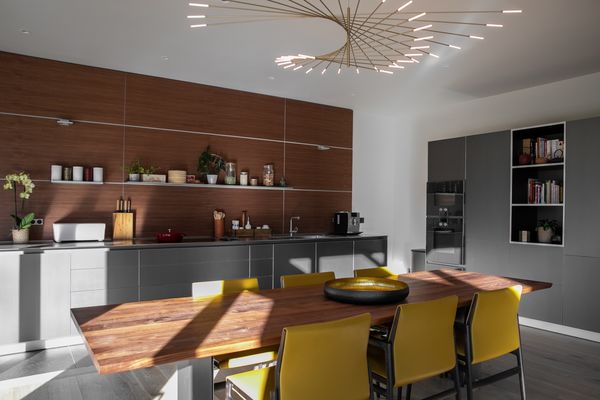
06.04.2022
A collaboration under the sign of excellence...
The year 2022 for Styles is off to a great start. Indeed, exciting projects are constantly being developed within our company.
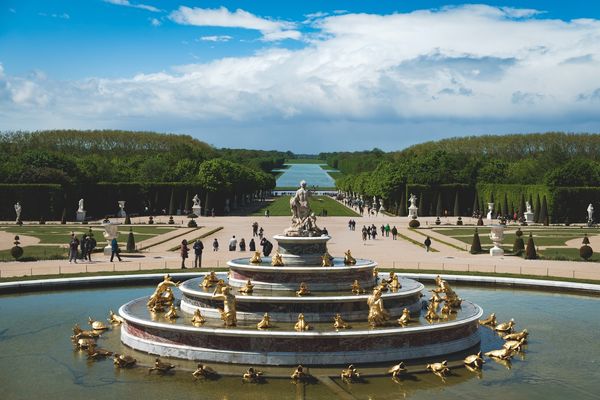
09.08.2022
Trained as a painter by Simon Vouet, he would have liked to work with a brush in his hand in the confines of a studio. In the end, he worked on the reconfiguration of nature, on a considerable scale and for powerful and prestigious clients. André Le Nôtre, son of a gardener, is above all the father of monumental landscaping.
André Le Nôtre was born on March 12, 1613 in Paris. His family had been in the service of the kings for forty years and had lived for thirty years in the heart of the Tuileries gardens. Heir to considerable techniques, exchanges and know-how, the child certainly appears at the right place and at the right time, but his multiple and uncommon talents supported by an exceptional training and a network of relatives and clients of considerable strength allowed him to become the man of his time, the man of all times...
He is said to be the son and grandson of gardeners, certainly, but gardeners of kings!
The Le Nôtre family were not gardeners in the current sense of the word. They were holders of a "charge", the acquisition of which alone constituted a real social elevator, and they benefited from a hereditary job as an officer in the service of His Majesty with a certain number of advantages, provided that the kingdom's finances allowed for the construction and maintenance of buildings and gardens.
Arriving in the luggage of Catherine de Medici around 1570 as a simple "fruit" gardener in Paris, Pierre Le Nôtre, his grandfather, quickly became the king's gardener and one of the most renowned master gardeners in Paris.
His only son Jean was not only the gardener of Henri IV and Louis XIII, in charge of the Tuileries garden, but he was also the designer of the gardens of His Majesty. An ambitious man, not without talent, he was able to monopolize all the jobs in favor of his family, surround himself with competent collaborators and acquire a prestigious and faithful clientele, but turbulent and not always at best with the royal power.
His son, André, from birth was destined not only to succeed him - serving the king was a distinguished honor, sought after and not to be refused - but also called to exercise one day even more prestigious functions.
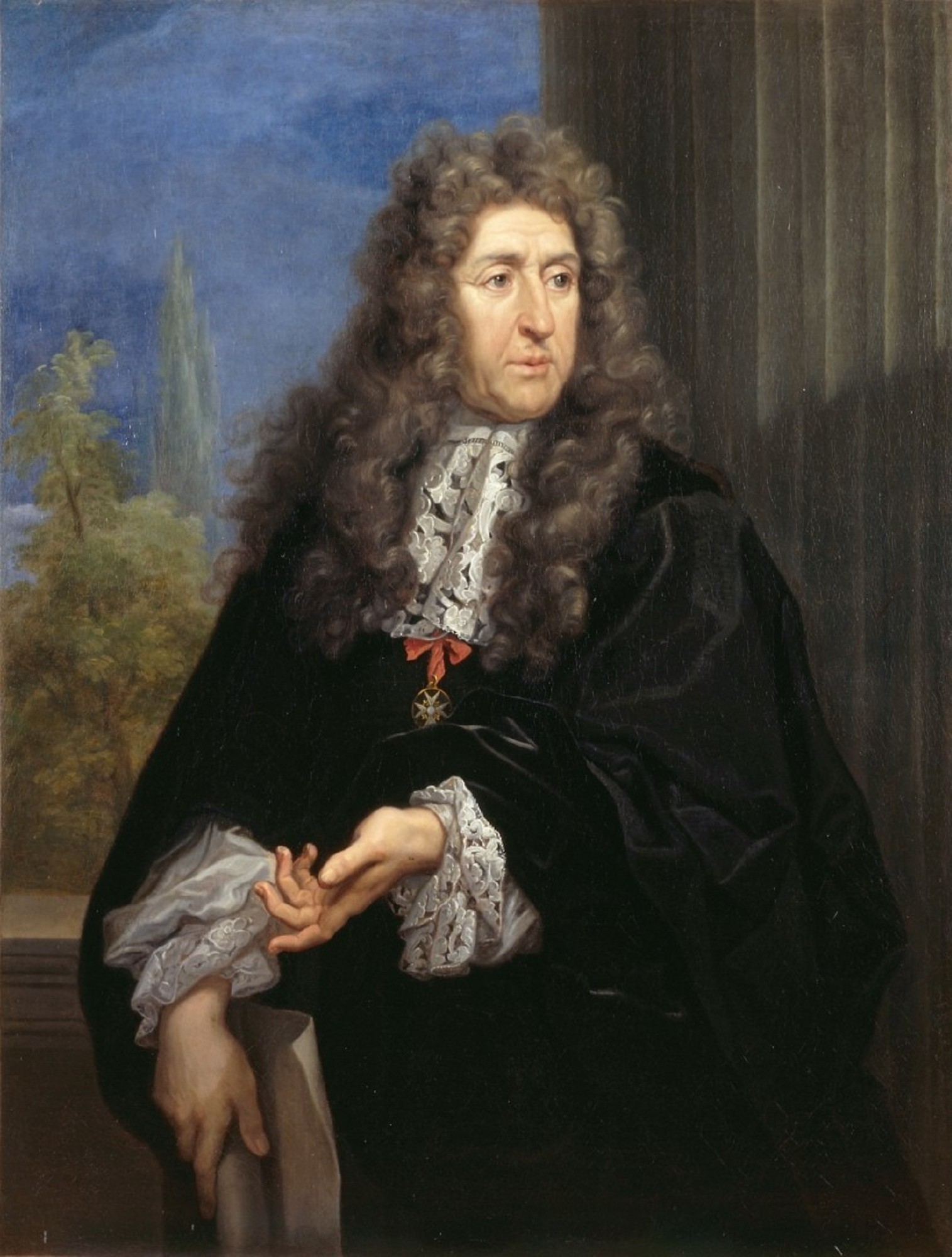
Contrary to the practices of the profession, which provided for "in-house" training among his peers, Jean Le Nôtre wanted his son to receive training adapted to the new demands of a clientele that was always looking to expand. While he himself was drawing, he had him complete his training with a painter: Simon Vouet.
The years that André Le Nôtre spent with the "bard of renewal" were decisive both for what he learned and for the network of friendships and loyalties that he formed.
After his training, he could work with his father like most of his colleagues. This was not the case. At the beginning of 1635, he was appointed first gardener to Monsieur, the king's brother, Gaston d'Orléans, brother of Louis XIII, a historical continuity in the protection given by the Orléans to le Nôtre.
For personal and exceptional reasons, André Le Nôtre took over from his father earlier than expected while maintaining his position with Gaston d'Orléans. His marriage to Françoise Langlois in 1640, which contributed to the expansion of his networks, coincided with the arrival of Poussin in Paris. From that time on, the links between Le Nôtre and the milieu of painters, collectors, and art dealers continued to grow, while the young gardener was discovered to be closer to literary, scientific, and religious circles than previously thought.
When Louis XIII died in 1643, Louis XIV was five years old and Le Nôtre was already a well-known man even though he had not yet been appointed draughtsman. He already had several building sites behind him and an astonishingly rich professional network. As soon as he was promoted to the position of draftsman for His Majesty, he began to draw and direct his first royal project, which was the construction of the Queen's new garden at Fontainebleau, while at the same time continuing to work on projects for private clients.
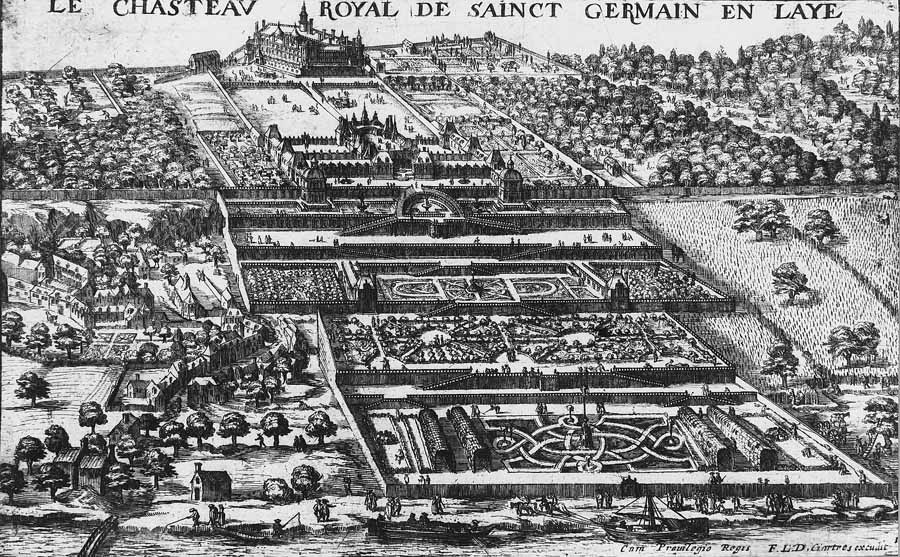
Fouquet, by having the gardens designed by Le Nôtre engraved and by ensuring their distribution, made Vaux-le-Vicomte known throughout Europe.
The story of Fouquet and Le Nôtre is also one of loyalty. On his way back from Italy in 1679, the king's gardener stopped by the fortress of Pignarol to visit his former patron; he was one of the last to see the prisoner. A few months later, the news of his death stunned him.
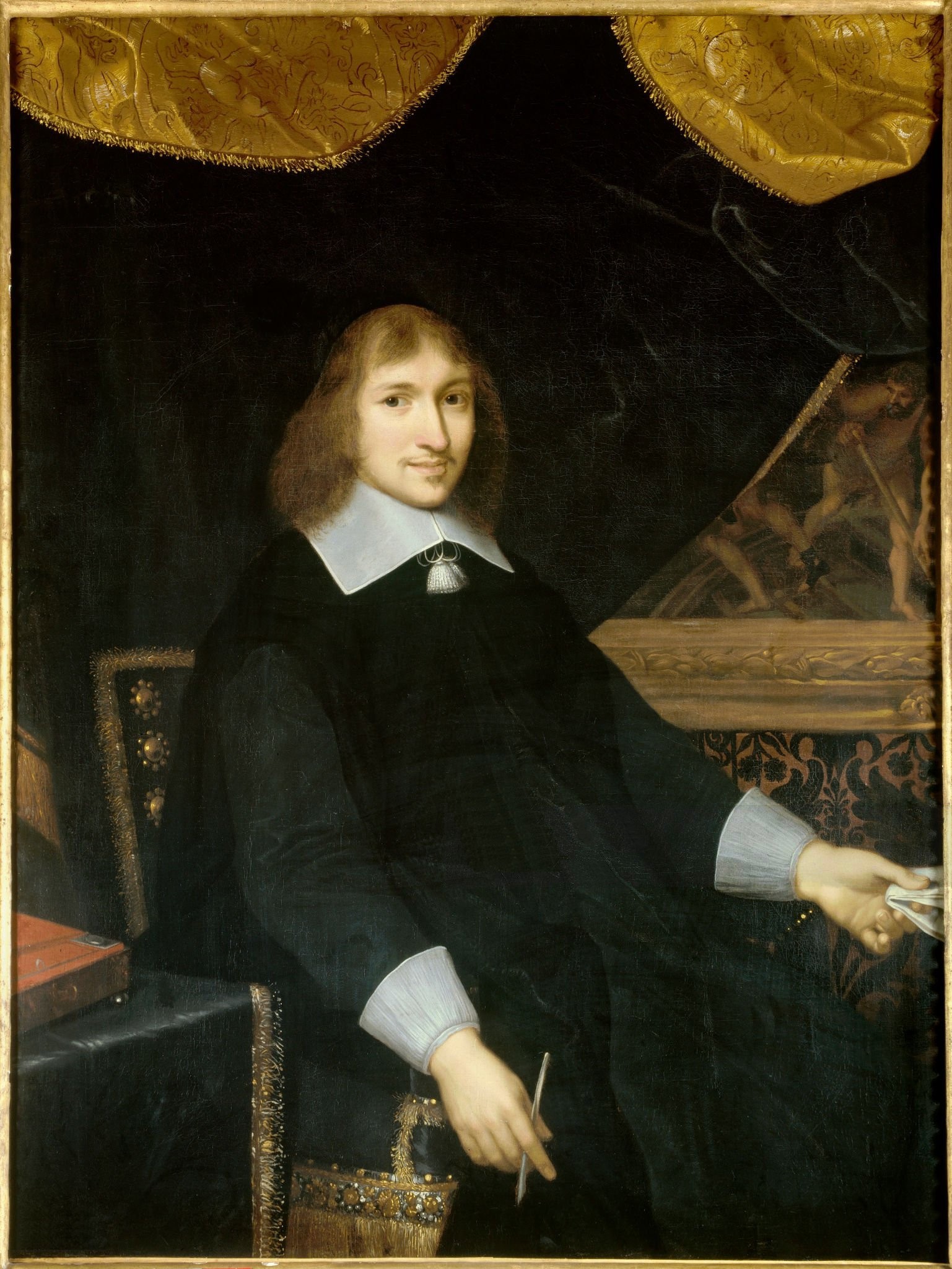
Gardener, draftsman, architect, engineer, hydraulic engineer, landscaper and urban planner, André Le Nôtre, because he is the best placed to do so, will transform the dreams of his patrons into reality. As long as he is the king, everyone wants to have him. He himself confided that crowned heads, princes, cardinals, bishops, chancellors, first presidents, ministers of finance and treasurers of the king regularly inundated him with flattery.
One of the secrets of his success lies in his working methods and the teams he knows how to surround himself with. After having benefited from the collaborators inherited from his father, he progressively strengthened his teams, including gardeners and draughtsmen, but also fountain builders and young architects. He sends them to train elsewhere and then recovers them once they have reached a certain level.
Working hard, from dawn until late at night, he was endowed with exceptional health, which allowed him to survive the terrible winter of 1693 - 1694 despite his age and illness, and to continue to provide plans for individuals and foreign sovereigns until his death.
His skills will allow him not only to bring to perfection what will be called the French garden, but to introduce innovations that, for a number of reasons, will never be repeated. His creations will be imitated but never equaled. The audacity and scope of his creations, born of the meeting of a site, a patron and a visionary with an unparalleled imagination and know-how, upset the conceptions of his time and fascinated his contemporaries.
General Controller of the King's Buildings, Gardens, Arts and Manufactures, André Le Nôtre held this position, whose functions continued to expand from 1657 until his death in 1700.
His responsibilities were real and he assumed one of the most important ministerial departments under Louis XIV, the builder king, serving successively Colbert and Louvois.
His extraordinary art collection reveals his tastes: Poussin, Le Lorrain, Bril, Joos de Momper, Rembrandt and Veronese... André Le Nôtre owned nearly one hundred and fifty paintings and masterpieces, but also bronzes, porcelains, statues...
At the age of eighty, Le Nôtre, covered with honors, ennobled, made a knight of the order of Saint Michael, took his official retirement and struck the whole of Europe by offering the king the masterpieces of his collection.
This gift is one of the most important contributions by an individual to the national collections.
When he died in 1700, Le Mercure Galant paid him a heartfelt tribute, underlining in a very accurate way what Le Nôtre was: "The King has just lost a rare and zealous man for his service, and very singular in his Art, and who did him honor."
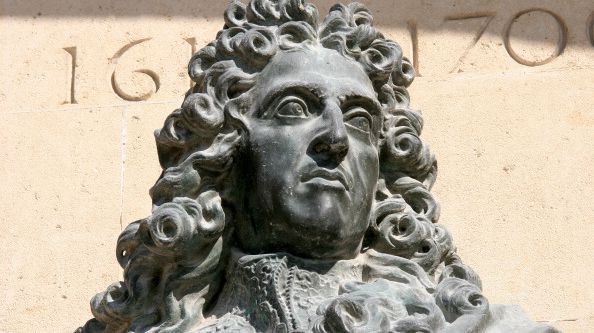
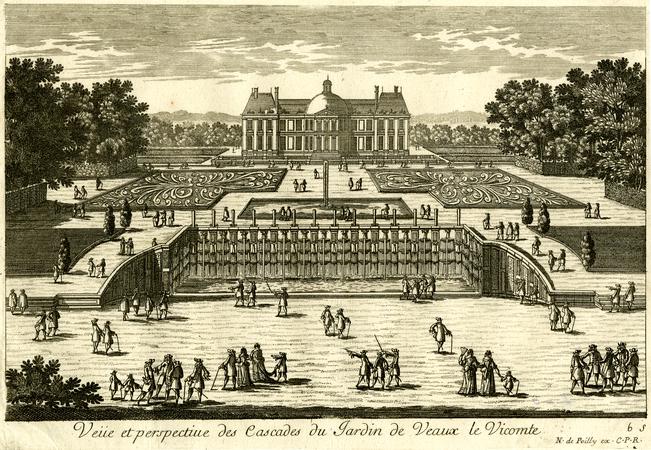
Did you know that? In the past, 5,000 workers were mobilized on the initial construction site of Vaux-le-Vicomte. Today, 8 gardeners maintain the 33 hectares of gardens and the 460 hectares of parkland.
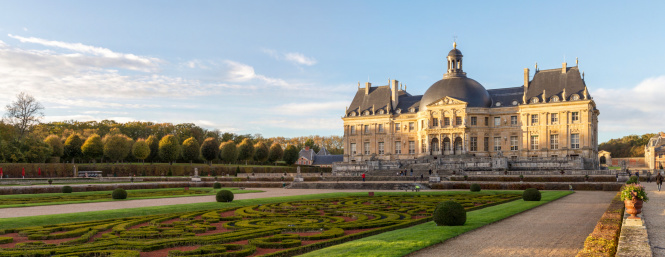
Vaux-le-Vicomte is the founding work of the French garden. Theatrical majesty, formal perfection of layout and mastery of perspective characterize this creation, whose grammar would later be applied throughout Europe. Thanks to Nicolas Fouquet, André Le Nôtre was given the opportunity in 1641 to demonstrate the full extent of his genius. For the first time, he brought together on a large scale all the technical, scientific and artistic achievements of his time in the field of gardens.
His work impresses by its coherence and unity. The flowerbeds, the ponds, the fountains and the statuary, together with the plants and the buildings, form a unique achievement whose harmony and correctness of proportions charm the visitor from the very first glance.
André Le Nôtre was inspired by the Italian gardens of the Renaissance and gave pride of place to water in all its forms. Gushing, standing or cascading, it constantly accompanies the walker through the garden's paths. The hydraulic network of the estate still functions according to the gravity system, as in the 17th century!
The Garden of Vaux-le-Vicomte is organized around a brilliantly mastered perspective, more than three kilometers long. By setting the scene for the château and its setting in the 33 hectares carved out of the heart of nature, André Le Nôtre and Louis le Vau achieved the most perfect harmony between architecture and landscape of the entire 17th century. The strength and nobility of its overall design, the abundance of water and surprises and its theatrical majesty make the garden of Vaux-le-Vicomte the founding work of a new art, that of the French garden. They also make this theater an invitation to knowledge, imagination and pleasure.
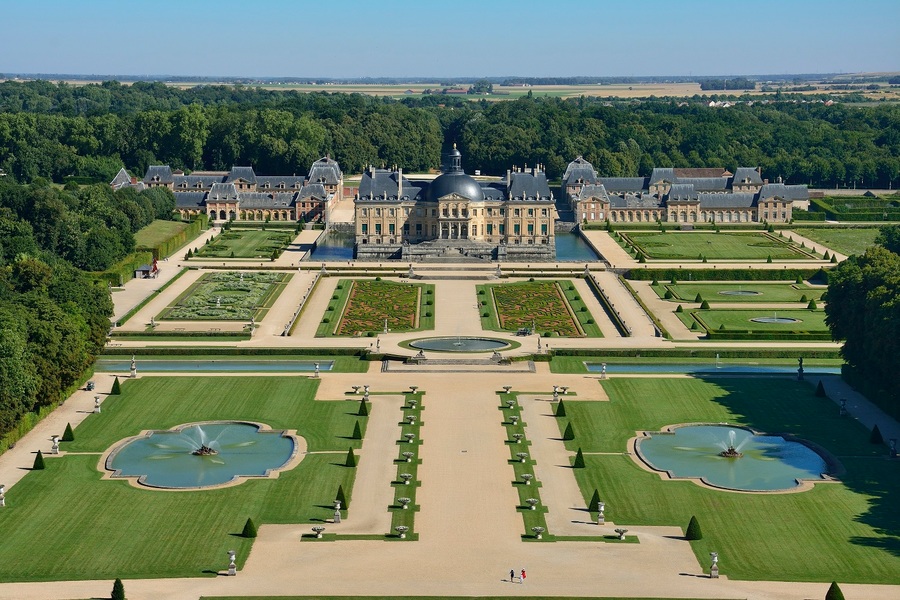
Did you know that? The castle of Vaux-le-Vicomte is a private property... open to the public. It is the only one to have retained its status as a family property
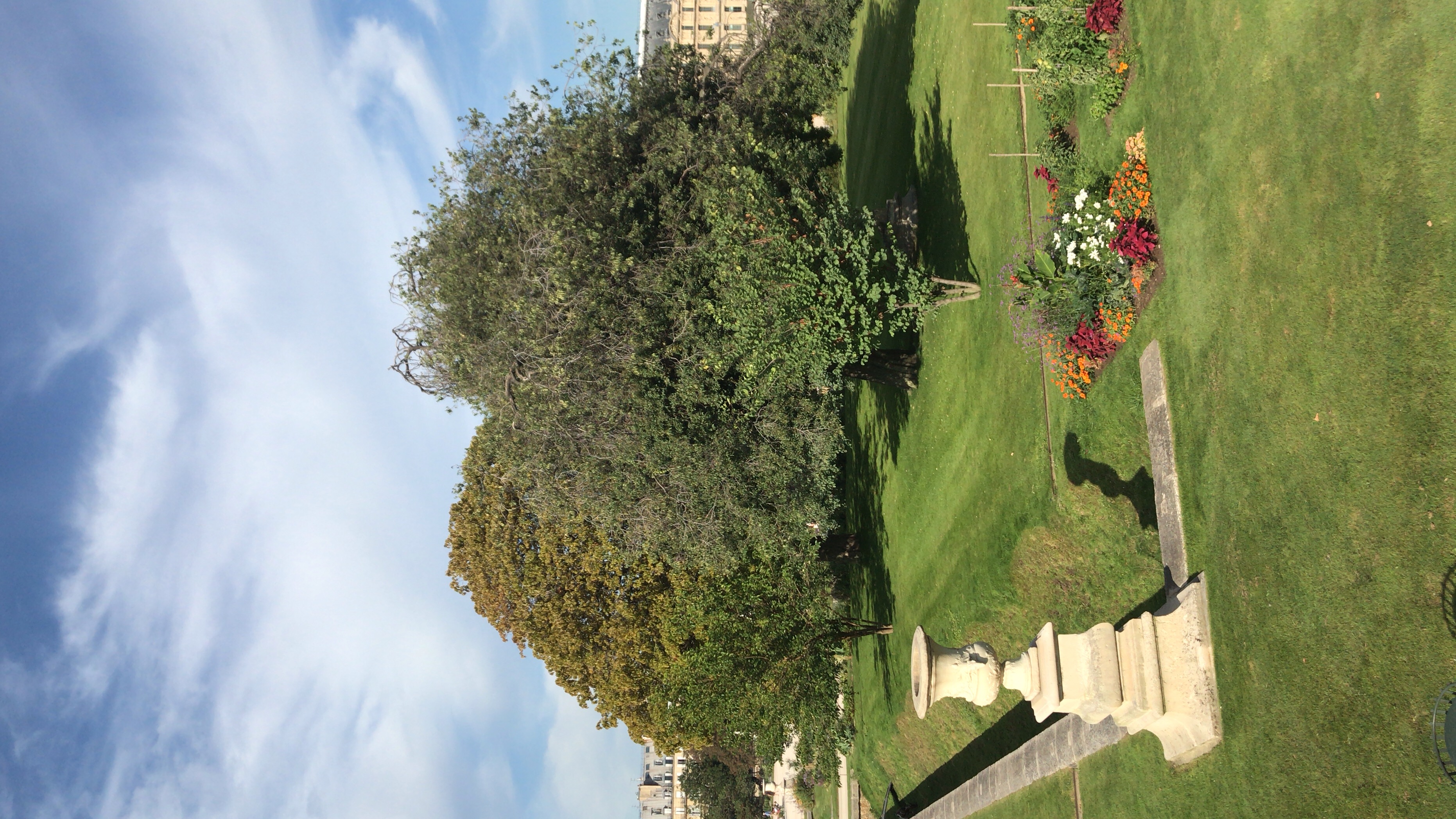
Did you know that? Built in the 16th century for Catherine de Medici and redesigned by Le Nôtre, the Tuileries garden was the setting for countless official receptions and popular festivals. The fire of the Tuileries Palace in 1871 disrupted its history but the creation of the Grand Louvre reinforced its artistic vocation.

After a trial run in the Queen's garden at Fontainebleau (1644-1646), André Le Nôtre created a completely remodeled work at the Tuileries under his sole direction, the design of which followed shortly after the masterpiece at Vaux-le-Vicomte. The optical effects of the Tuileries announce and prepare the evolutions of the 1670s and 1680s marked by the perspectives and canals of Chantilly, Versailles and Sceaux or by the great terrace of Saint-Germain.
The Tuileries is not only his masterpiece in Paris, but also the matrix, with its avenue, of the Champs-Elysées, traced and planted according to the design of Le Nôtre, of the great perspective and urbanism to come of the Parisian West. The Tuileries can also be considered his most personal work, for which he showed a clear preference at the end of his life, along with Chantilly and Trianon.
At the Tuileries, André Le Nôtre created a central alley in the axis of the palace, leveling and raising the ground by creating the Bord-de-l'Eau terrace and the palace terrace. The main axis, delimited by two basins, is extended by the Fer-à-cheval and the avenue leading to Saint-Germain, the future avenue of the Champs-Elysées.
At the foot of the castle, the street and the wall are removed and replaced by a terrace. This one dominates a large parterre composed of ten compartments in embroidery, of two others in pieces cut of grass and of three round basins. The whole, in one piece, replaces the two parterres designed under Louis XIII.
The large terrace at the water's edge replaces the enclosure wall along the Seine. With the mulberry terrace built to the north under Henri IV, the new terraces bring to this flat garden the relief that was missing. New groves, with very varied figures, green rooms, comedy room, boulingrins or quincunxes, completely reorganize the cover. The garden is enlarged, to the west, by a vast open area, centered on an octagonal basin, framed by terraces.
The garden then opened onto the countryside through the future avenue of the Champs-Elysées, planted in 1667 as an extension of the central avenue of the Tuileries. Here, as elsewhere, we find André Le Nôtre's marked interest in optical corrections: the dimensions of the water features increase as they move away from the palace façade.
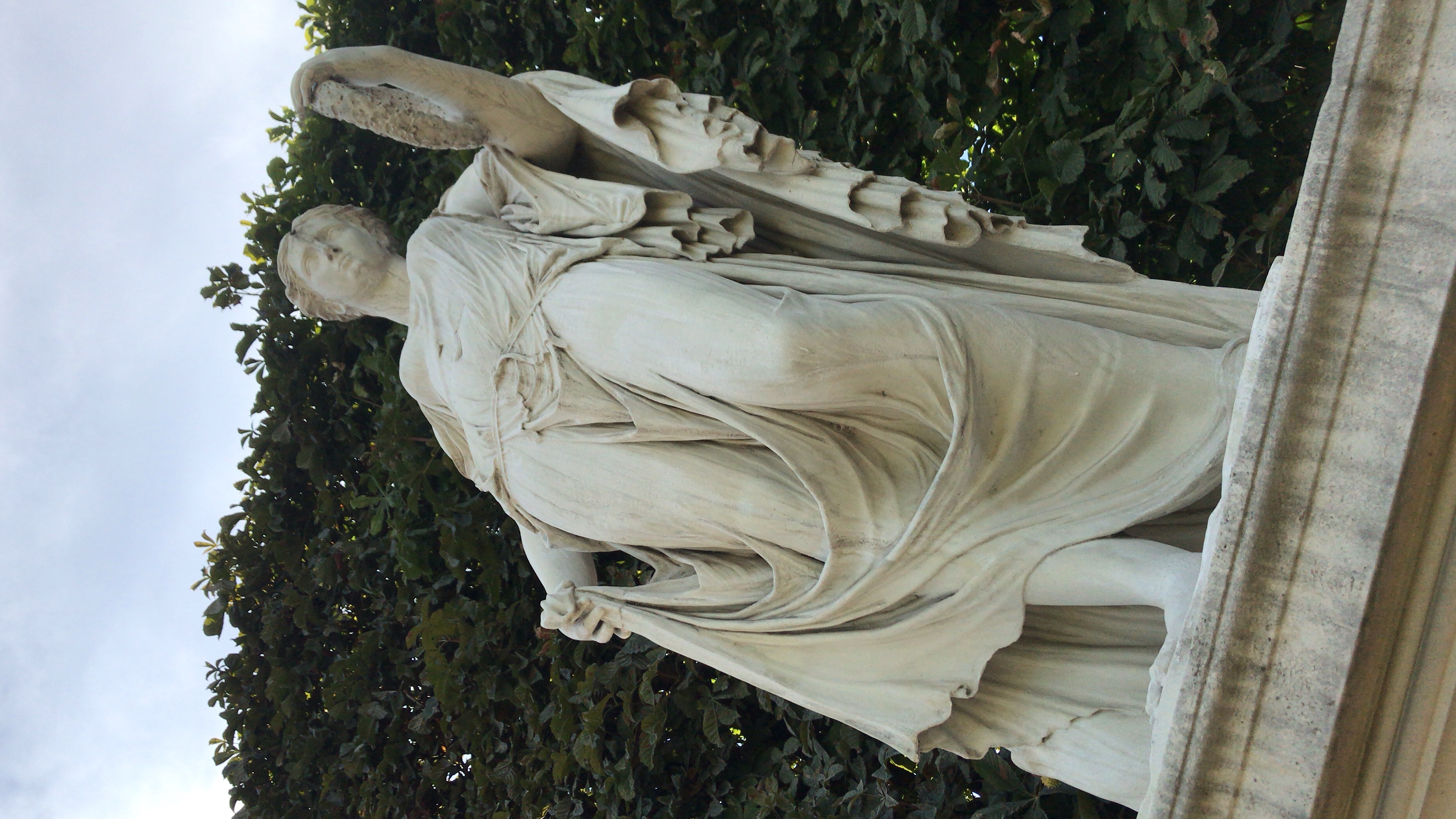
Did you know that? Henri IV planted mulberry trees to develop their cultivation in our country and the young Louis XIII learned to hunt there.
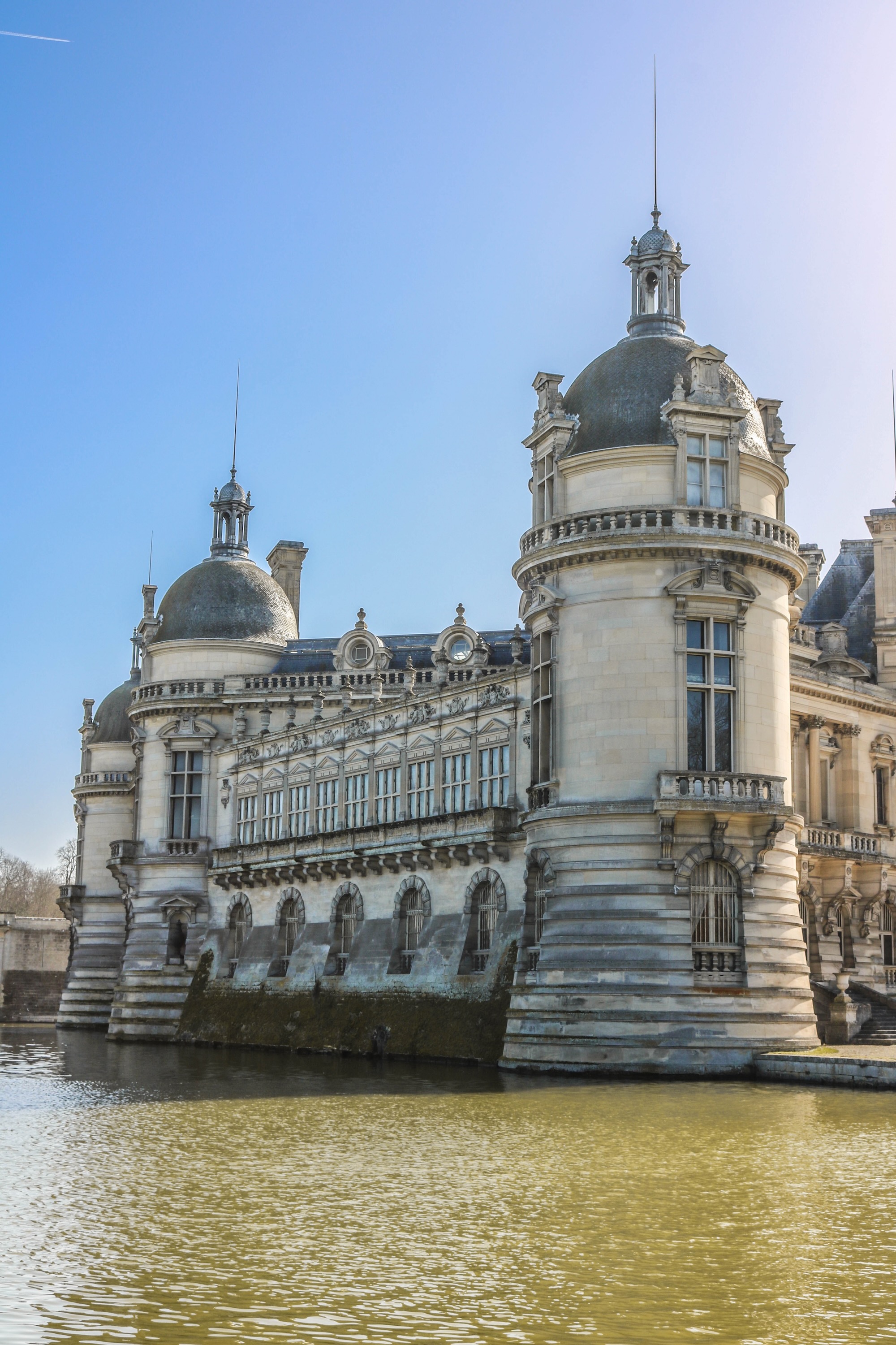
Did you know that? Chantilly is one of the best documented sites. André le Nôtre's plans and sketches have been preserved and restored, tracing all the stages of creation.
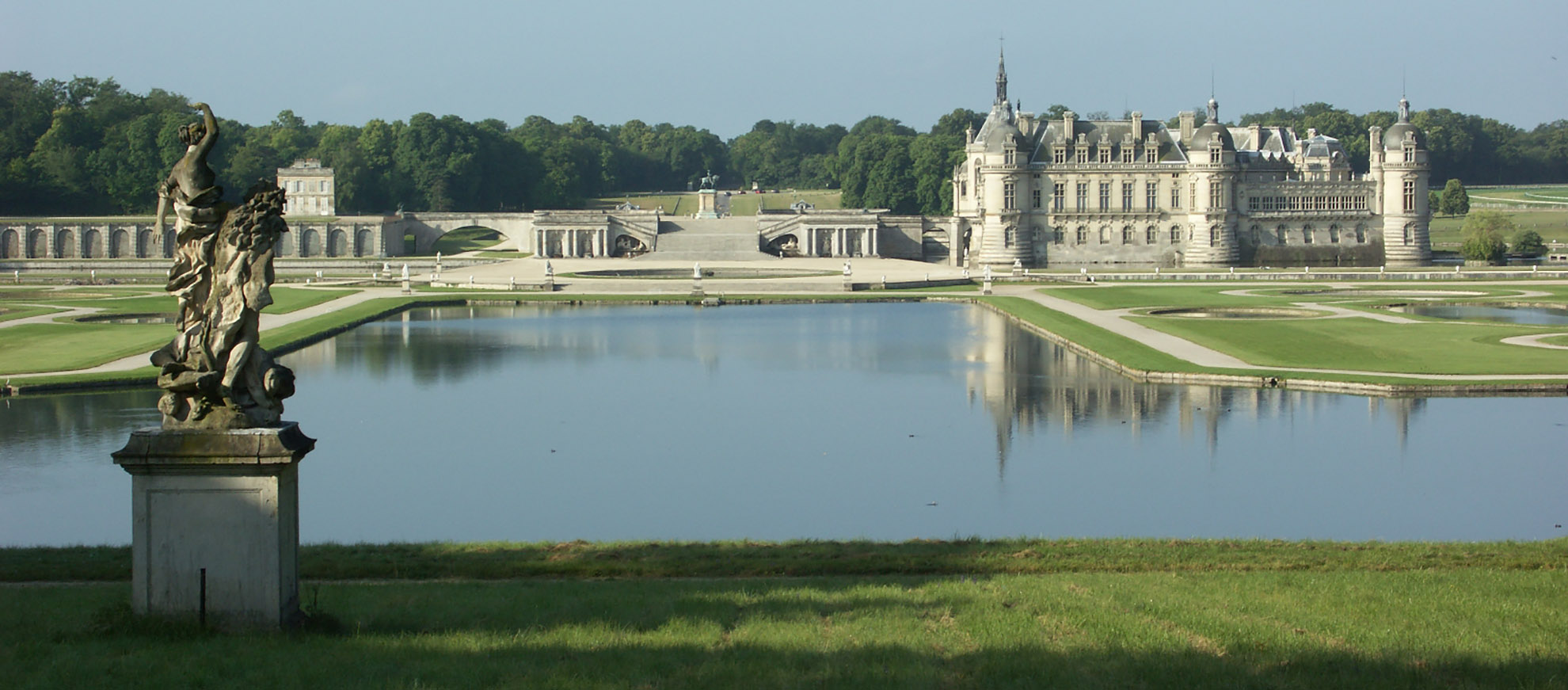
Chantilly's grand parterre à la française offers dazzling views. It includes vast mirrors of water reflecting the sky, numerous fountains and fountains and an exceptional collection of statues. Of all the gardens created by André Le Nôtre, Chantilly was his favorite, as he wrote in 1698 to the Count of Portland: "Remember all the beautiful gardens in France, Versailles, Fontainebleau, Vaux-le-Vicomte, the Tuileries and especially Chantilly...".
Designed during the second half of the 17th century for Louis II de Bourbon, Prince de Condé, better known as the Grand Condé, the French garden at Chantilly is a rare example of a plan whose axis is off-center from the castle.
The park is also distinguished by the exceptional extent of its pools and the number of its water games.
Its complete restoration in 2009 has allowed, in the greatest respect of ancient techniques, to recover all the ingenuity of the hydraulic network which was considered a feat in its time and thanks to which the water jets reach up to 5 meters high.
The Grand Canal, 2.5 km long and 600 meters longer than the one at Versailles, is formed by the Nonette, a tributary of the Oise river canalized by Le Nôtre. This monumental achievement, which was already intended to rival the Palace of Versailles, was one of the gardener's prides.
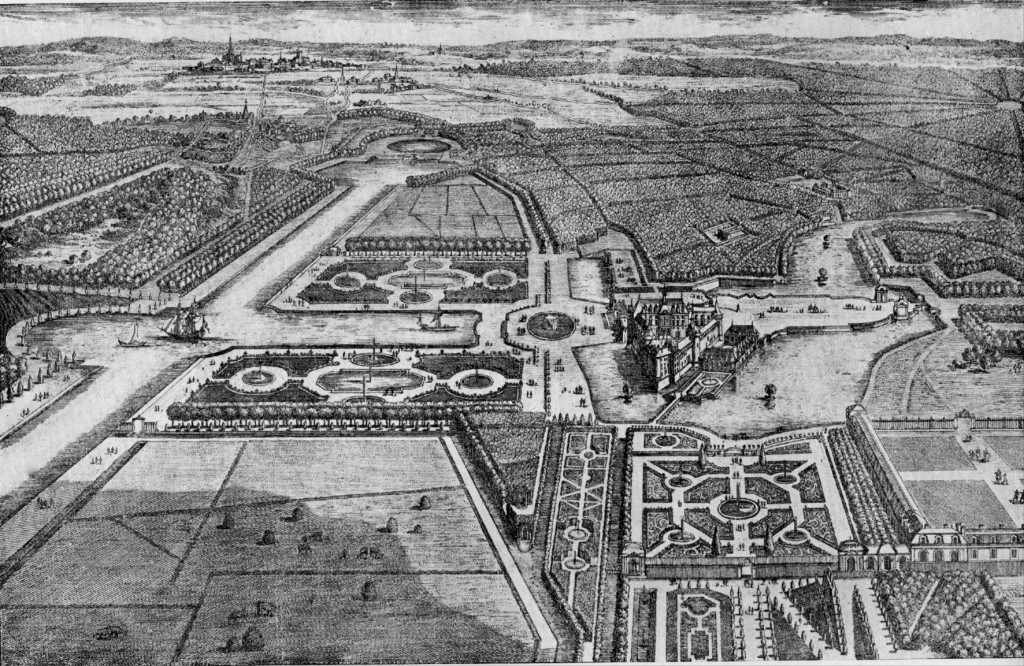
Did you know that? Le Nôtre totally modified the access to the castle. He made the terrace with the statue of the Constable Henri II de Montmorency the central point of his composition ordered around a double axis that he created, the north-south one cutting through the east-west one constituted by the Nonette river which was then transformed into a canal.
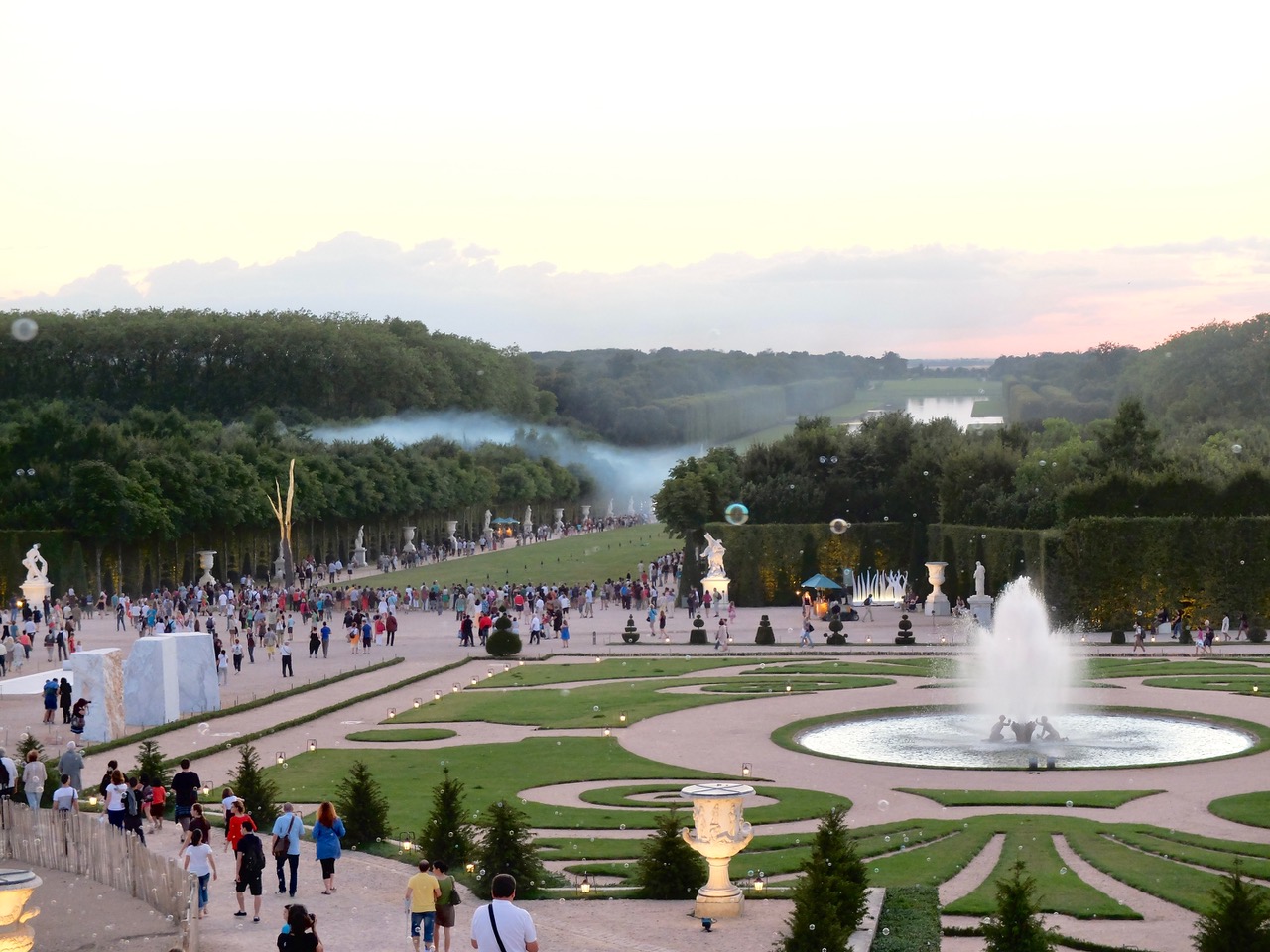
Did you know that? The park of the Palace of Versailles has no less than ten pools. The most famous being the Four Ponds of the Seasons.
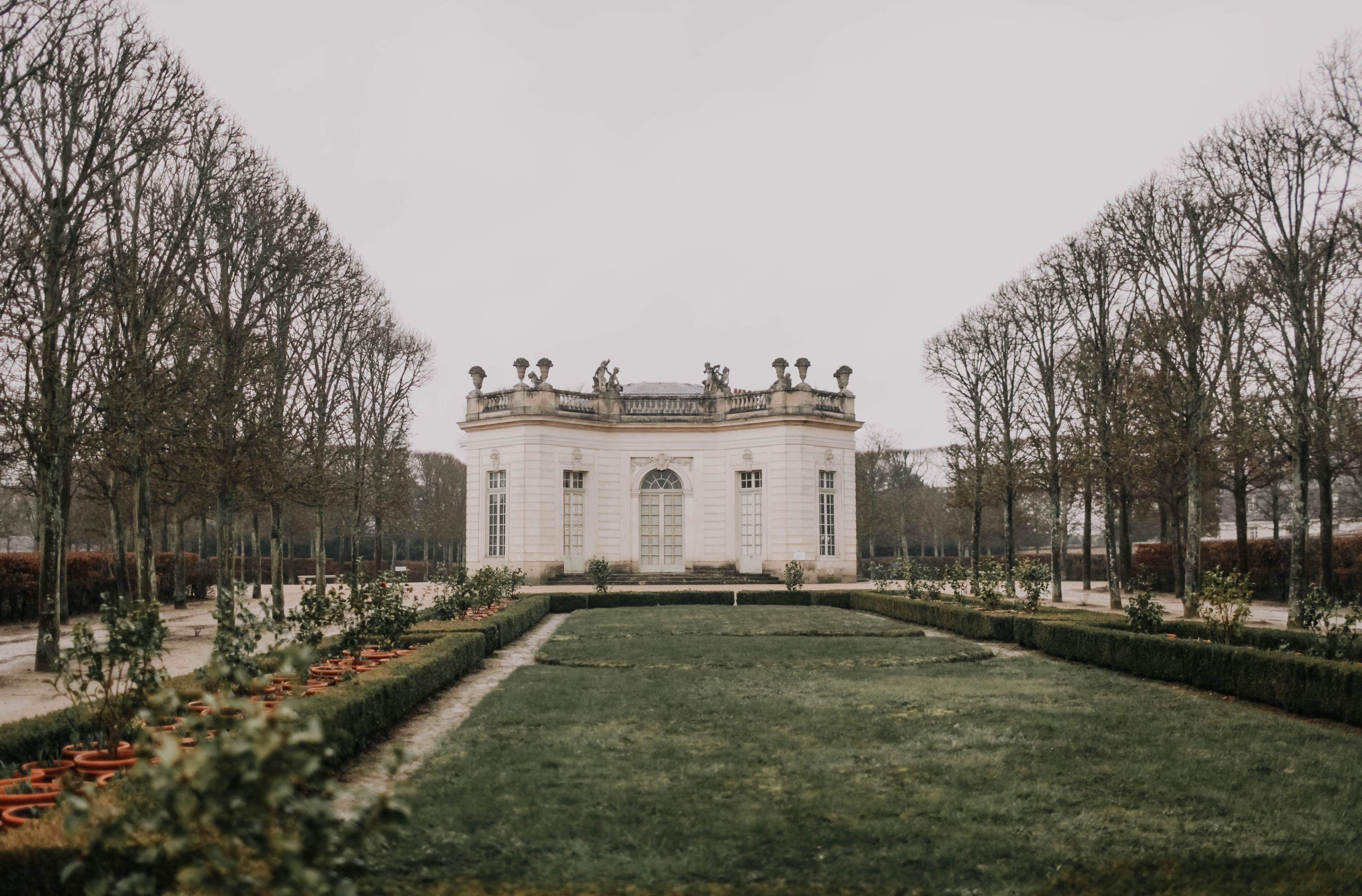
The park of the Château de Versailles is made up of straight alleys that delimit wooded areas and cultivated fields. It covers an area of approximately 800 hectares. Delimited by a wall punctuated by gates and doors, it has been able, despite several amputations during the Revolution and the 19th century, to maintain the Château in the green setting it has always had.
In designing the Grand Canal, André Le Nôtre transformed the east-west perspective into a long luminous gap that seemed to have no end. The work lasted eleven years, from 1668 to 1679. The Grand Canal, 1,670 meters long, was the setting for memorable festivals. Thus in 1674, when the whole of its banks were illuminated by thousands of terrines placed behind transparent decorations. As early as 1669, Louis XIV had rowboats and vessels of all kinds sailing there. In 1674, the Republic of Venice sent the king two gondolas, accompanied by four gondoliers who were installed at the head of the canal, in a series of buildings called, since then, Little Venice. In the summer, the King's fleet was deployed there, but in the winter, skates and sledges were used on the frozen waters. The transverse arm of the canal allows access by boat either to the Menagerie (to the south) or to Trianon (to the north).
The southern part of the gardens of Versailles was known for its humidity and stagnant water. Starting in 1679, a huge 12-hectare lake was dug on the site of the "Old Pond", which was not fully completed until 1686. It completed, to the south, the transversal articulation of the gardens that began at the Neptune basin. The earth moved by the construction site was used in part for the development of the King's Kitchen Garden to the east. To the west of the pond, towards Saint-Cyr, another marshy area remained for a long time, called the "Stinking Pond", which was not drained until the 18th century.
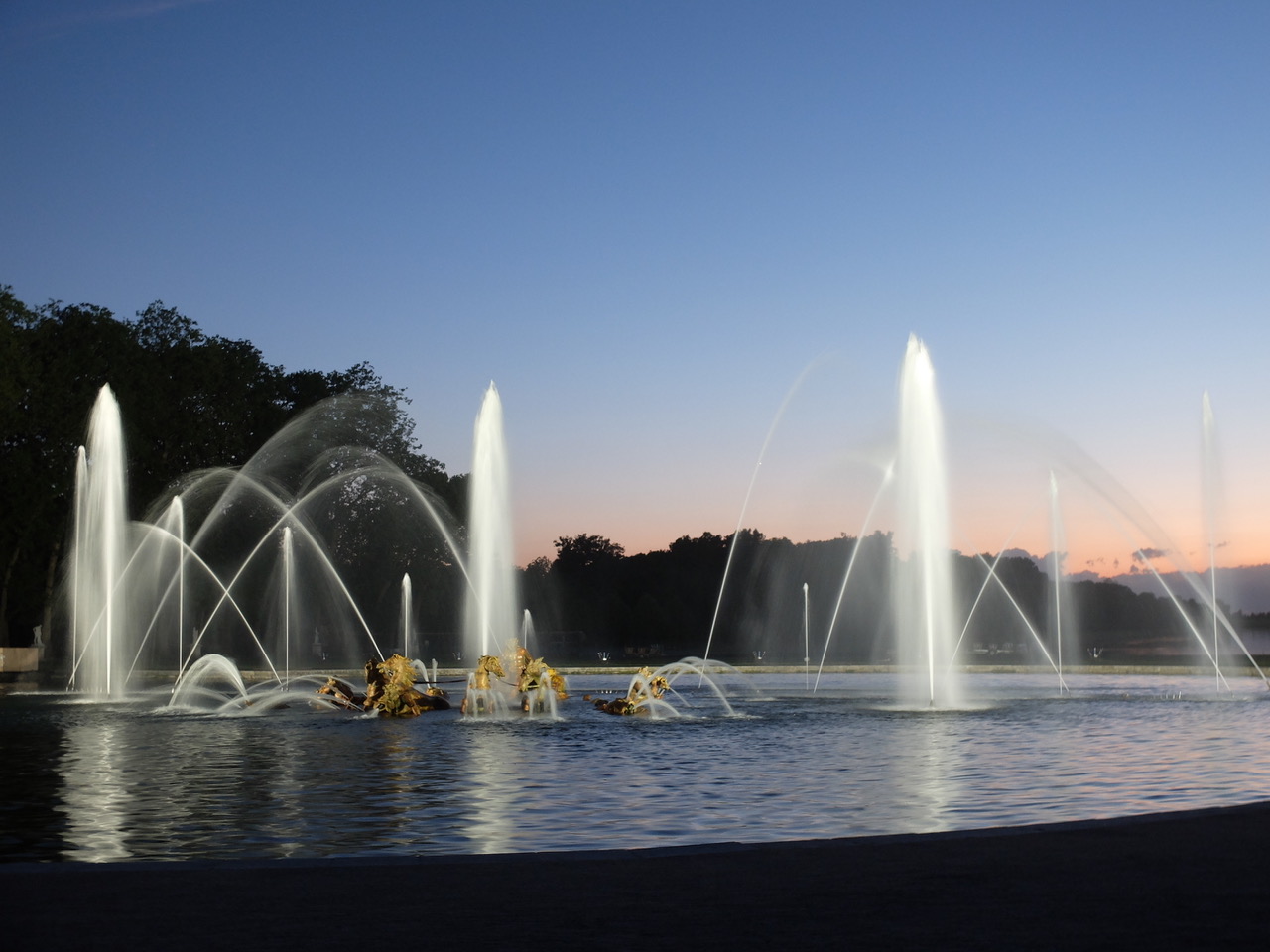
The groves
The groves are small gardens enclosed by trellises or palisades of greenery and are accessed by discreet paths; the entrance is closed by gates. A contemporary of Louis XIV, the Marquis de Dangeau, called them "enclosed fountains". Decorated with fountains, vases and statues, the groves bring surprise and fantasy to the interior of the large garden. They were used as real open-air salons.
During the reign of Louis XIV, the gardens of Versailles had fifteen groves. As a counterpoint to the strict regularity of the general layout of the gardens, their decoration and form differed and had the effect of surprising the visitor by their diversity. André Le Nôtre created most of the bosquets, but some were modified by Jules Hardouin-Mansart. However, due to their costly and difficult maintenance, some of the groves deteriorated rapidly and disappeared in the 18th century. One of the most famous, the Labyrinth, was destroyed when the gardens were replanted in 1775-1776. Others, such as the Baths of Apollo, were transformed in the Anglo-Chinese style that was very much in vogue during the reign of Louis XVI and Marie-Antoinette. In the 19th century, the Île Royale was filled in and became the King's Garden, planted with rare and exotic trees.
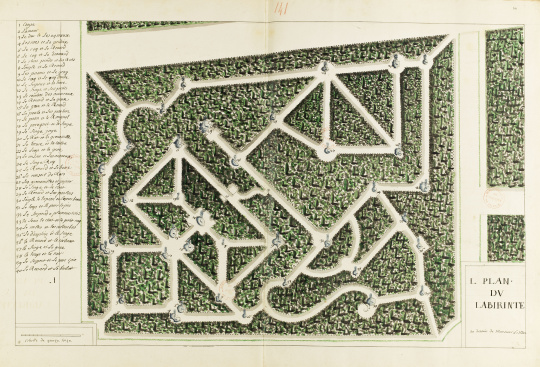
Did you know that? It is on an idea of Charles de Perrault that a labyrinth was cut in Versailles by Le Nôtre, from 1672. With ornaments inspired by Aesop's fables, it was destroyed in favor of the "Queen's garden" in honor of Marie-Antoinette.
Garden of the bishopric of Castres (Tarn)
Garden of the Château de la Chaize (Rhône)
Gardens of the Castle of Saint-Germain-en-Laye
Garden of the castle of Sceaux (Hauts-de-Seine)
Gardens of the castle of Saint-Cloud (Hauts-de-Seine)
Gardens of the castle of Saint-Vallier (Drôme)
Gardens of the park of the Orangery in Strasbourg (Bas-Rhin, Alsace)
Gardens of the castle of Bercy in Charenton-le-Pont (Val-de-Marne)
Gardens of the castle of Meudon (Hauts-de-Seine)
Gardens of the castle of Chaville (Hauts-de-Seine)
Gardens of the castle of Chambonas (Ardèche)
Gardens of the castle of Fayel (Oise)
Gardens of the castle of Cordès near Orcival (Puy-de-Dôme), drawn in 1695
Gardens of the castle of Ravel (Puy-de-Dôme)
Gardens of the castle of Boury (Oise)
Gardens of the castle of Versigny (Oise)
Gardens of the castle of Ancy-le-Franc (Yonne)
Gardens of the castle of Wattignies (Nord)
Private gardens of the castles of La Fosse Belaude, Coquille and Miramion in Saint Jean de Braye (Loiret)
Gardens of the castle of Balleroy in Balleroy (Calvados)
Gardens of the castle of Gaillon in Gaillon (Eure)
Gardens of the castle of Benainvilliers in Morainvilliers (Yvelines)
Gardens of the castle of Jumilhac (Dordogne)
Gardens of the castle of Louvois (Marne)
Gardens of the castle of Entrecasteaux (Var)
Gardens of Mademoiselle de La Vallière, Carrières-sur-Seine (Yvelines)
Gardens of Ussé castle (Indre-et-Loire, Touraine)
Gardens of Maintenon castle (Eure-et-Loir)
Gardens of the castle of La Barben (Bouches-du-Rhône)
Gardens of the castle of Castries (Hérault)
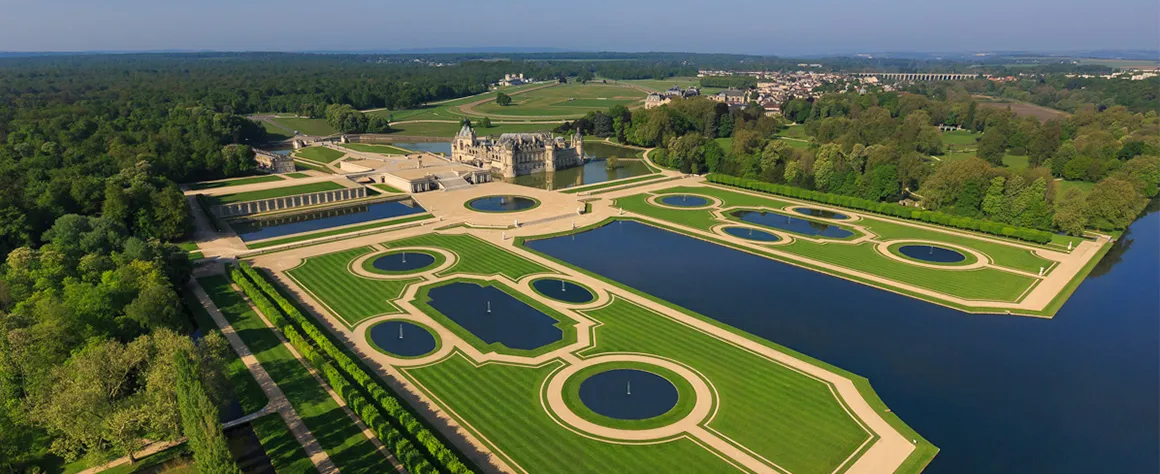
Styles's journal